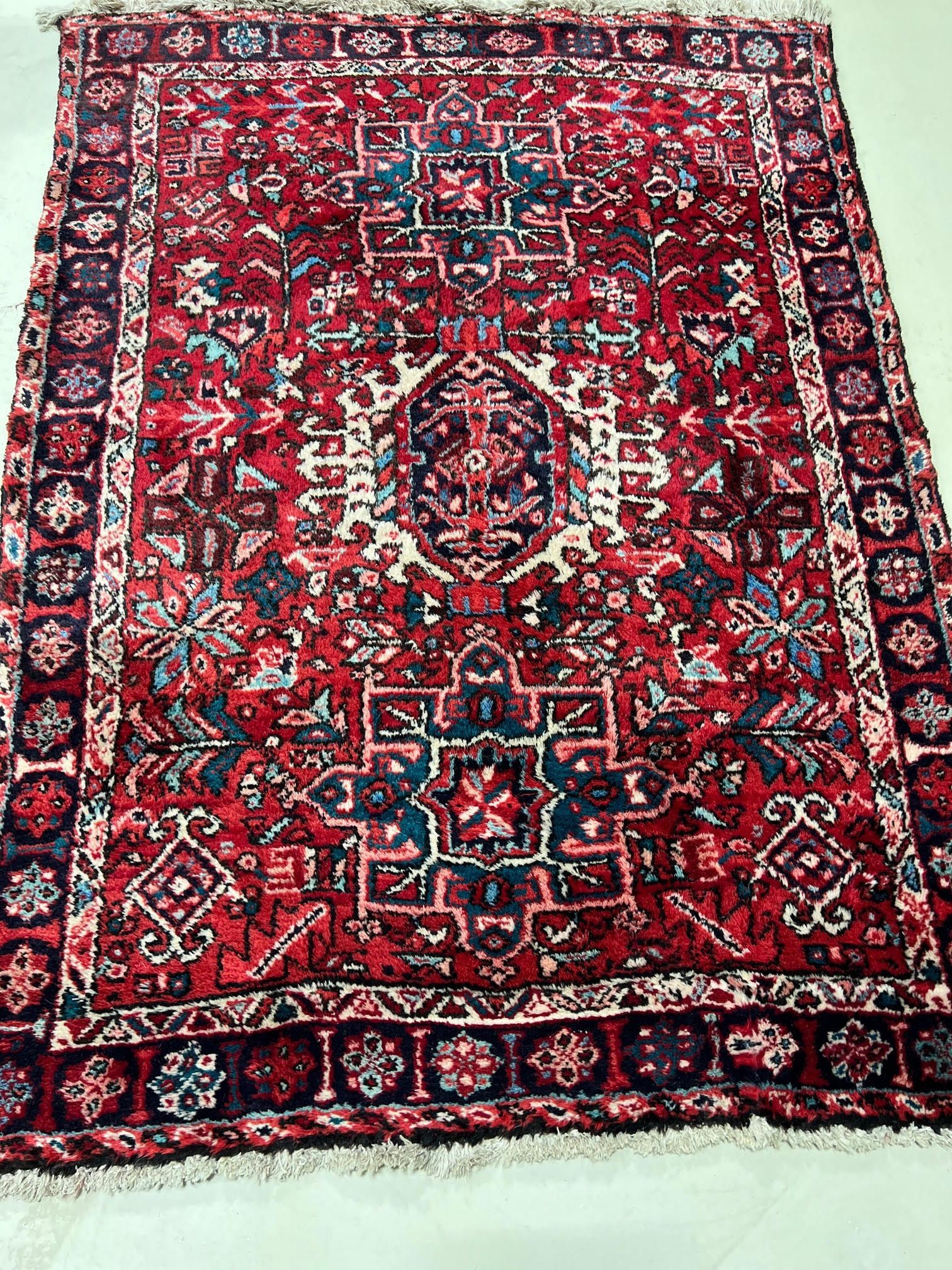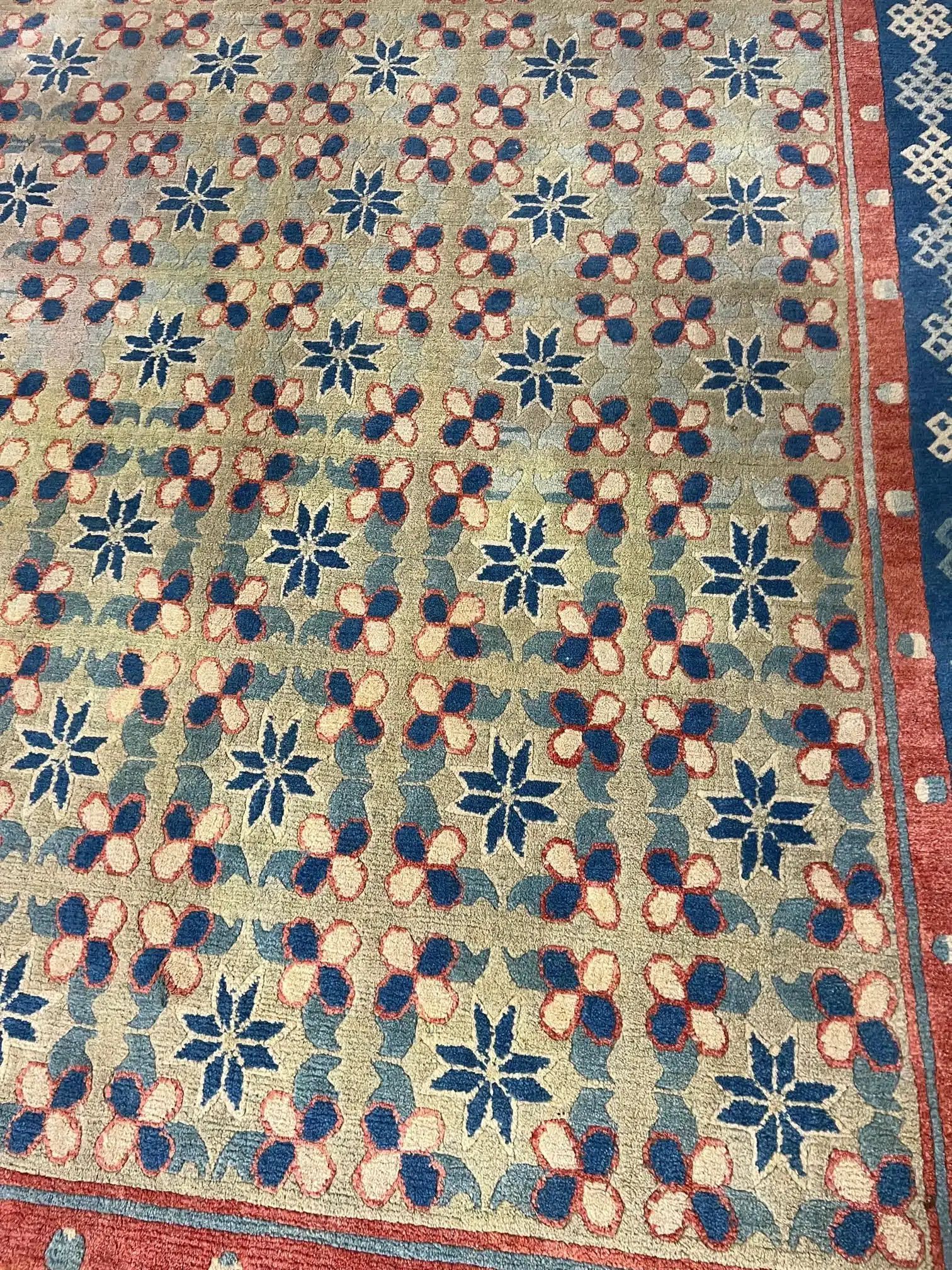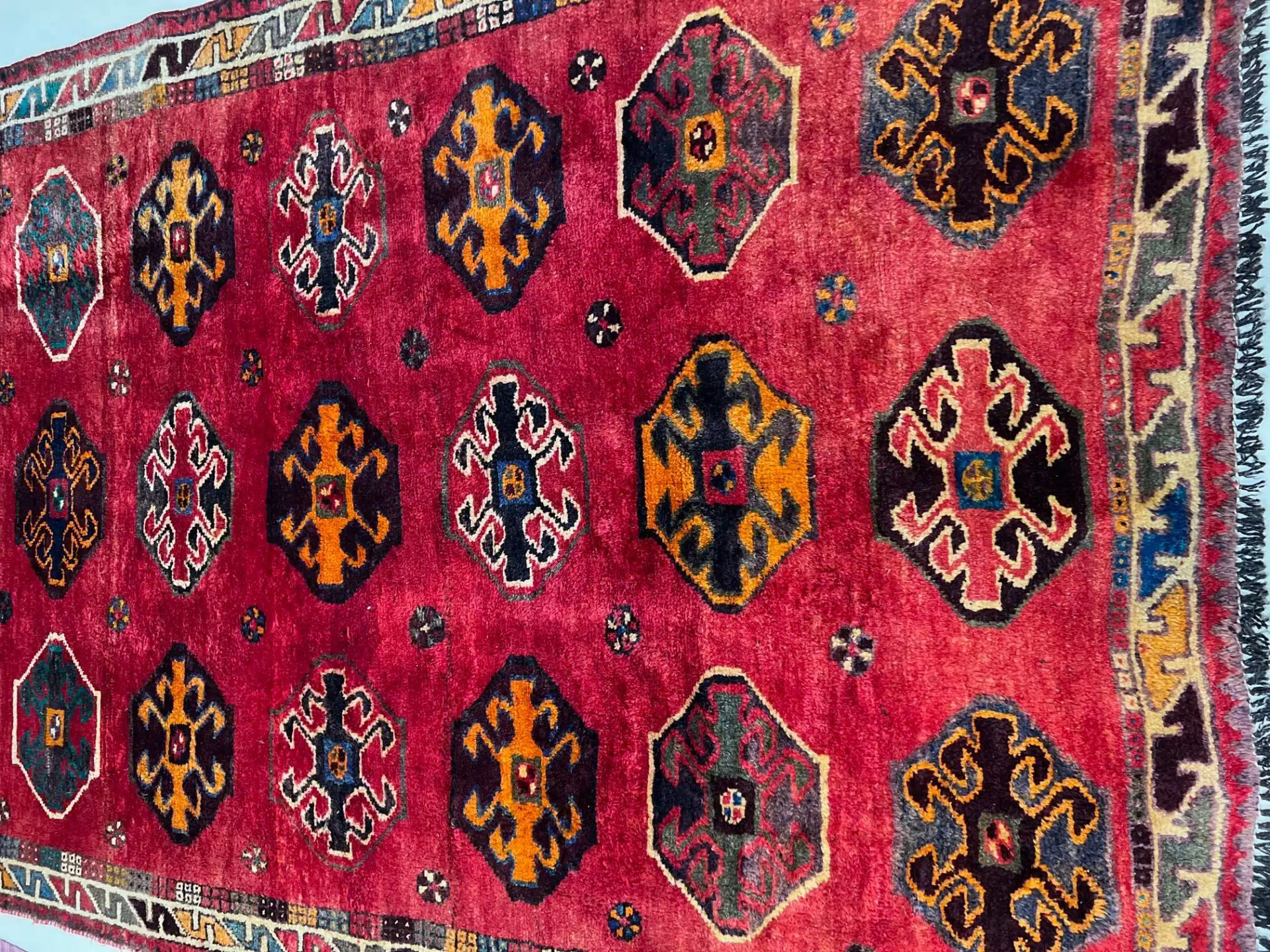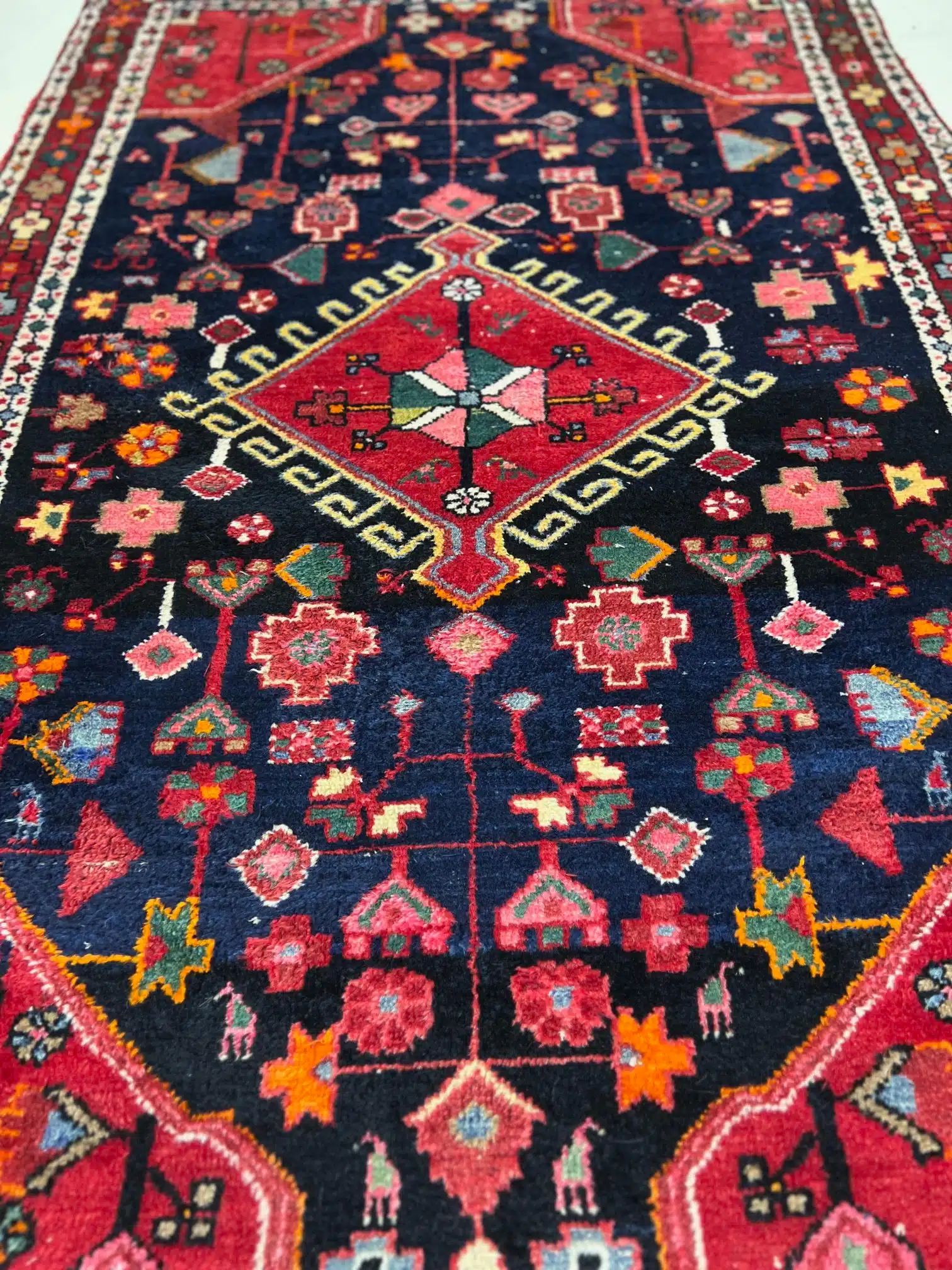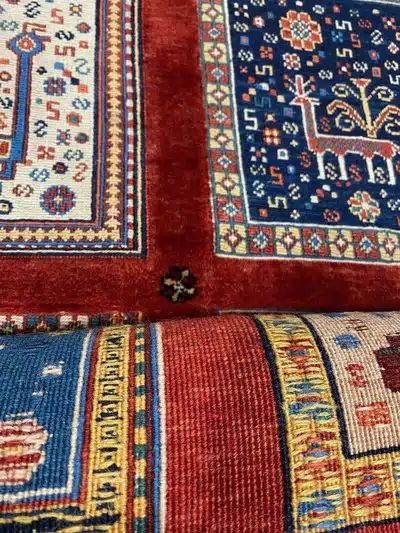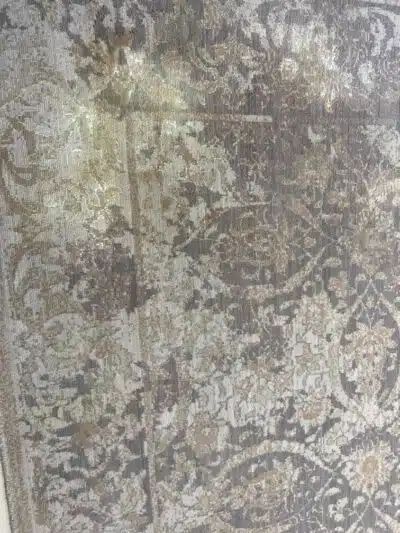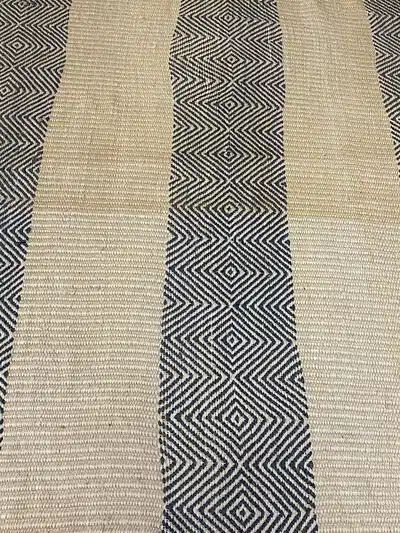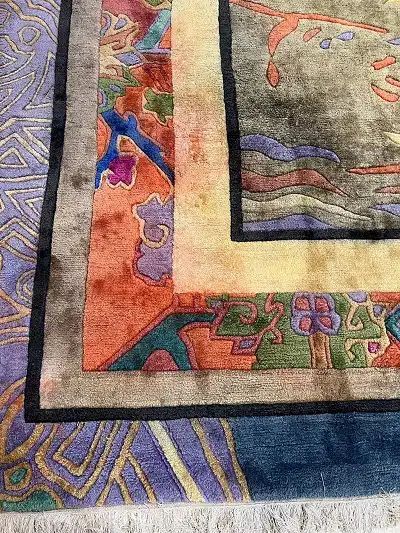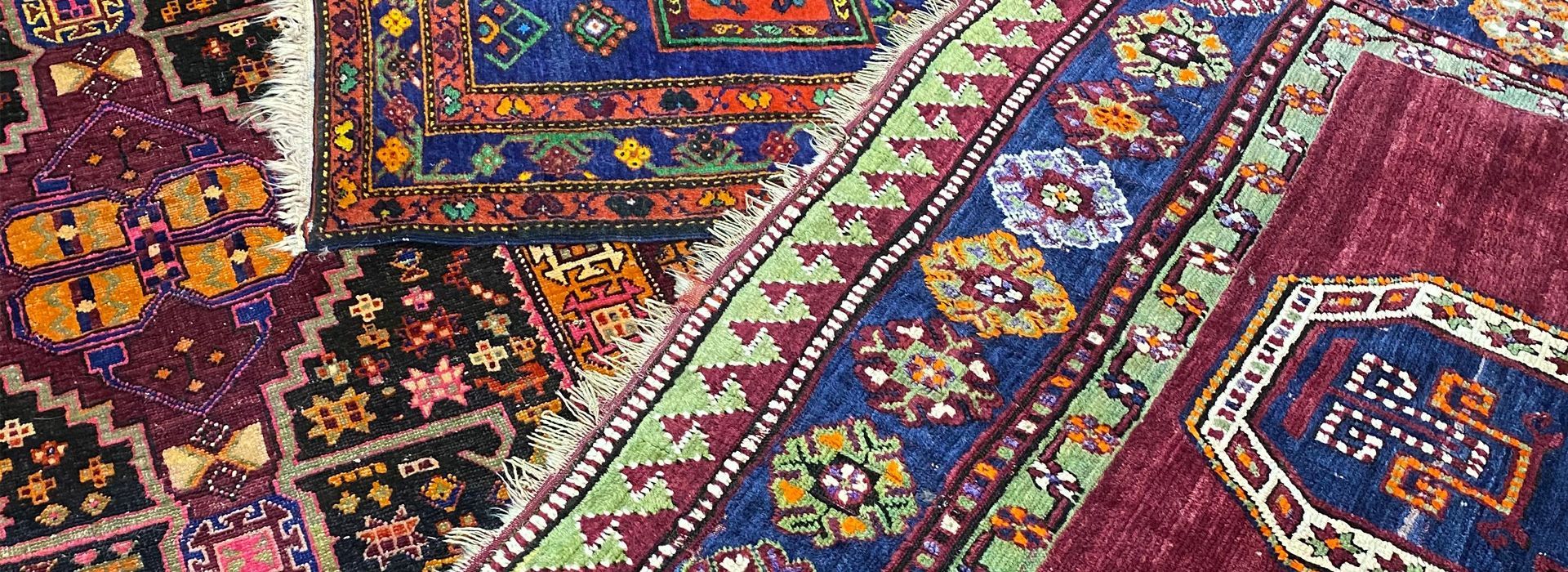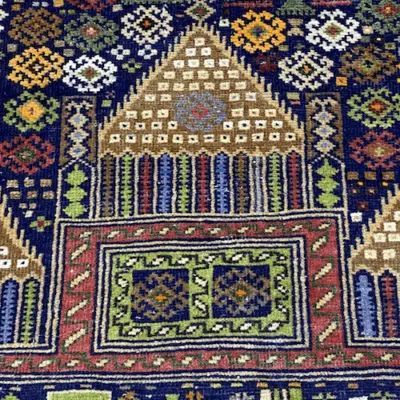The Difference Between City Rugs and Tribal Rugs
What are “City” Rugs?
City rugs are different from tribal rugs because they are created from a paper sketch or template. As trade expanded, rug-making techniques and standards trickled across the globe.
The Making of Rug Patterns
Some groups settled into villages and began to make rugs commercially. This allowed for replicable intricacies in the pattern. The same complex design could be reproduced and sold.
Still, rugs are made by hand in the city workshops. Whether they were woven in a tribal village or an urban center, hand-knotted rugs can often take years to produce. Therefore, the artisans that create high-quality textiles can command a steep price for them. The best are known as master weavers and sign their work.
Although not every “signature” on a rug is genuine, sometimes it can be a saying or design feature.
City Rugs vs. Tribal Rugs
City rugs are often larger than tribal rugs. The looms are bigger and allow for detailed work. Tribal rugs tend to rely on coarser wool and include fewer knots per square inch. Their designs are simpler than those of city rugs, and they’re often more whimsical.
There are more variations in tribal rugs because the craftspeople can take more creative liberties with the work. Tribal looms by their very nature, are also smaller and more portable.
The tribes are nomadic, which explains why a city rug will often have cotton foundation yarns, while a tribal rug will usually have wool foundation yarns since they do not stay in one place long enough to grow cotton.
Most Oriental or Persian rugs are referenced by the location where their design originated, these include Heriz, Kashan, Kirman and Tabriz rugs, just to name a few.
Regardless, if they are a city or tribal rug, they are all valuable works of art.
The post The Difference Between City Rugs and Tribal Rugs appeared first on The Austin Rug Cleaner .
